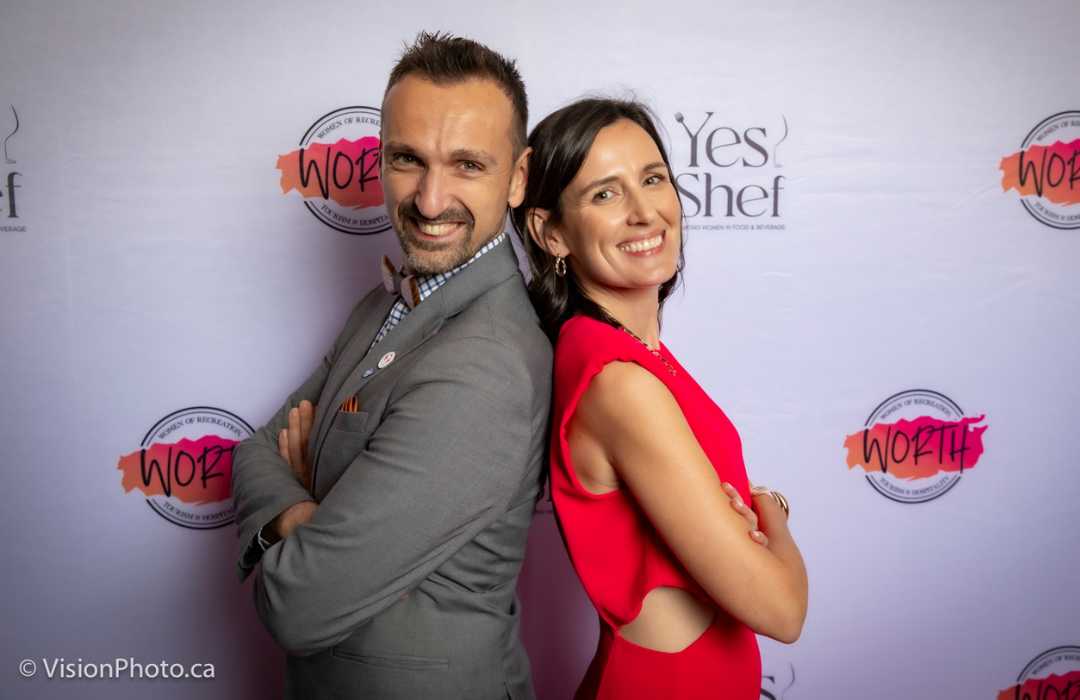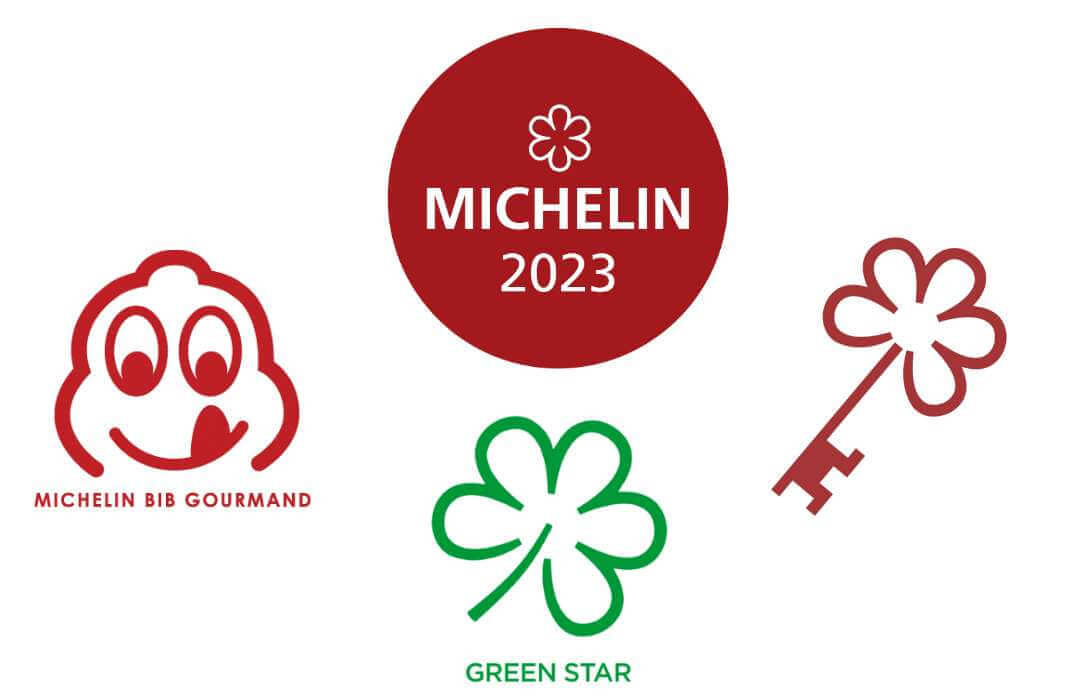Chef Davide Del Brocco, a Canadian hospitality leader

Davide Del Brocco is Chef and Sustainability Manager at Sodexo Canada. Born and raised in Toronto, he had years of personal career experience in both Canada and in Italy. Davide joined the Sodexo family as an Executive Chef for operations in Hospitality Services in 2011. In 2019 Davide became Sodexo’s first Sustainability Chef, looking at all projects and Sustainability initiatives through the lens of food and site management services. .
He is now in charge of operational efficiencies, plant based diet developments and responsible sourcing metrics. On a daily basis, he connects with hospitality professionals across Canada to give them inspiration and tools to move towards a plant-celebrated and Zero Waste approach. Let’s learn more about his insights!
Sodexo Canada has strong sustainability ambitions

Sodexo is a global food services leader, with 400,000 employees serving over 100 million consumers in 56 countries. Founded in France in 1966 by the Bellon family, the group has been a family operation for over 60 years. “We believe in making a difference every single day” says Chef Del Brocco, Sustainability Manager at Sodexo Canada. The company has identified four drivers to reduce its environmental impact: (1) Fighting food waste ; (2) Promoting plant-based meals ; (3) Building a low-carbon supply chain ; (4) Promoting energy-efficient solutions.
Preventing and reducing food waste is a priority
To reduce carbon emissions, fighting against food waste is a priority for Sodexo. The Group is training its chefs, site managers, kitchen staff and other employees to constantly strive to reduce food waste. Sodexo has understood that a collaborative effort is essential. Food prices are going up, and food insecurity will grow if we do not work on food waste. “One of the biggest successes we have accomplished has been to raise awareness among our teams and colleagues about the impact of food waste.” comments Del Brocco. The group has even positioned food waste as critical as food safety and has committed publicly to reduce avoidable food waste by 50% by 2025.
The key to success: tracking food waste
Sodexo Canada has always used waste sheets, huddles, team organization and productivity metrics. But everything changed when the company started tracking food waste using technology in 2018, at 3 pilot sites, using the WasteWatch powered by Leanpath Program. Culinary teams can rapidly and easily capture food waste data, giving clear insights into what is being wasted in their kitchens and why, thanks to an electronic scale connected to a tablet. At the beginning of 2022, food waste data is being tracked daily in 34 locations, and the aim is to make measuring food waste a common practice. Are you afraid tracking food waste will take too much time? “It takes 1-2 min per shift”, confirms Chef Del Brocco, “There is a return on investment and it will benefit the bottom line”. For example, when a lot of broccoli waste was tracked, new recipes have been developed to use broccoli stems.
With this new understanding, teams can implement targeted operational and behavioral changes to help end avoidable food waste, whether food waste generated in the kitchen or consumer food waste. Food waste data tracking has helped Sodexo reduce food waste at some participating sites by 50% versus their baseline amounts. Chef Del Brocco adds: “In Canada, we have avoided 482 metric tons of CO2 and saved the equivalent of 127,000 meals”. And once everything possible has been done to prevent food waste, it then makes sense to sell surplus food with partners and ordering apps like Too Good To Go.
Food packaging needs to be part of the solution
The current food service model requires more convenience. Add a global pandemic, and you see an increase in the use of single use packaging. This has not only an environmental impact due to packaging, but also due to plate waste (food not eaten by guests) that is not composted. It is key to increase our awareness of how both packaging waste and food waste can be part of the circular economy. And also, to include other important metrics, such as water conservation, biodiversity, animal welfare, responsible sourcing, local and indigenous partners.
Through the Stop Hunger Foundation, Sodexo also donates time, skills and money to tackle hunger, teach life skills and encourage sustainable food practices in the community. Sodexo has also built strong relationships with Indigenous Communities and Nations, especially here in Canada where some communities have little access to fresh ingredients. Indoor farming equipment and farming education programs have been presented to these community leaders to help reduce food insecurity. “It is difficult to get food that is fresh and that has not travelled for a long time to remote areas. We, along with Indigenous communities and leaders want to increase the availability of fresh food.” adds Del Brocco.
Learn more about the chef

- Name: Chef Davide Del Brocco
- Pronouns: He/Him/His
- Job: Sustainability Manager
- Company: Sodexo Canada
- Passions: Environmental consciousness, soccer, cooking, sustainability
- Grew up: Toronto, Ontario
- Favourite food: hand made tortelli, with farm-fresh eggs and local ingredients
- Favourite restaurant: Miss Bāo, in Kingston, Ontario
- Favourite food waste hacks:
- #1 Using aquafaba (chickpea brine) to make meringues or pancake batter
- #2 Using food scraps to make stock (freeze scrape in a box “The Goodness from the fridge” and use it another day, when you are ready to boil them)
- Favourite influencer: his wife
- Favourite podcast: The Blooming Human by Andrea Cantin
- Favourite books:
- #1 The Long Table Cookbook: Plant-based Recipes for Optimal Health by Amy Symington
- #2 From Seed to Table: A Practical Guide to Eating and Growing Green by Janette Haase
- #3 Imagine Cookbook by Sodexo Canada with super simple recipes
Zero Waste Recipe: Tuscan Style “Plant Power” Ribollita Soup

- Prep time: 25-30 min
- Total time: 40-45 min
- Serves: 6 large soup portions (save and reheat any leftovers)
Why is it delicious?
The fresh ingredients, coupled with the traditional aromas and flavours of herbs and legumes are good reasons for the flavour to be slowly built and intensifies as the dish finds its balance.
Why is it Zero Waste?
Simply, zero waste metrics require at least 90% of all downstream waste (waste output) to be diverted away from landfill and incineration. This dish not only reuses almost all of its ingredients for secondary input, but also fuels compost collection and can even promote the use of leftover ingredients, close to 100% diversion, while still contributing to agricultural biodiversity and circularity.
Ingredients
- 1 kg black or dark kale chopped, stems removed *
- 0.5 kg beet greens chopped*
- 1 kg peeled large potato diced*
- 250 ml passata pomodoro or tomato puree
- 1 kg rinsed and overnight soaked white kidney or cannellini beans
- 0.5 kg each onion, carrot and celery diced*
- 50ml extra virgin olive oil
- 2 cloves peeled and chopped garlic
- 0.5 kg crusty bread (use up some staling bread if possible) diced and toasted lightly
- 1 stem fresh garden sage (3 leaves) *
- Salt and pepper to taste
*Remember to keep the veggie scraps and herb stems for stock!! Simmer ends and scraps for at least 25-30 minutes and add a teaspoon of salt to the broth*
Instructions
- In a soup or stock pot add almost all the olive oil and chopped garlic and sauté lightly
- Add potato and a pinch of salt and continue to sauté for about 5 minutes
- Add onion, carrot, celery to simmering pot and continue to cook for at least 5 minutes
- Once veggies have begun to soften add the beans, continue to cook until beans begin to soften.
- Add kale and cabbage and let cook with other ingredients until softened and tender
- !!Sometimes you can add a bit of wine but cook out the alcohol before continuing!!
- Add the Pomodoro slowly and let mingle in pot until warm
- Strain veggie stock and blend into a pot with all your ingredients except for the bread, make sure the soup is still hearty so add only a bit of broth at a time.
- *let the ingredients from the stock cool and add them to your composter at home or to your municipal organics diversion collection- keep food waste out of landfill!!*
- Bring to a light boil and let simmer for at least 15 minutes until ready to serve and the soup is uniformly hot
- Add salt and pepper to taste, stir and turn of the heat
- Toss in crusty bread and mix, sprinkle the chopped fresh sage as a garnish over the top. and it’s ready to serve!
* For added peppery flavor you can also drizzle a bit of that good quality extra virgin olive oil over the soup.





